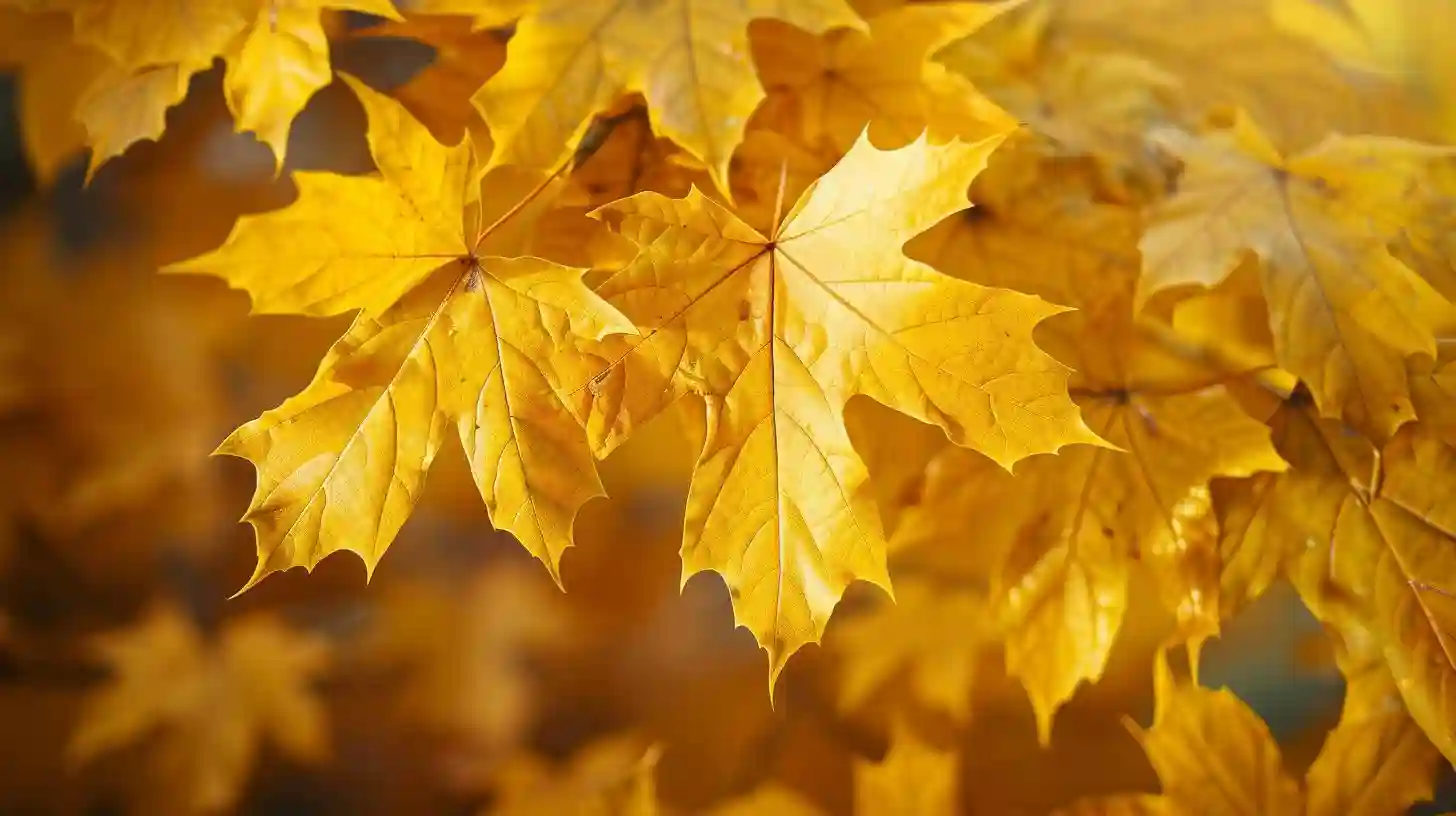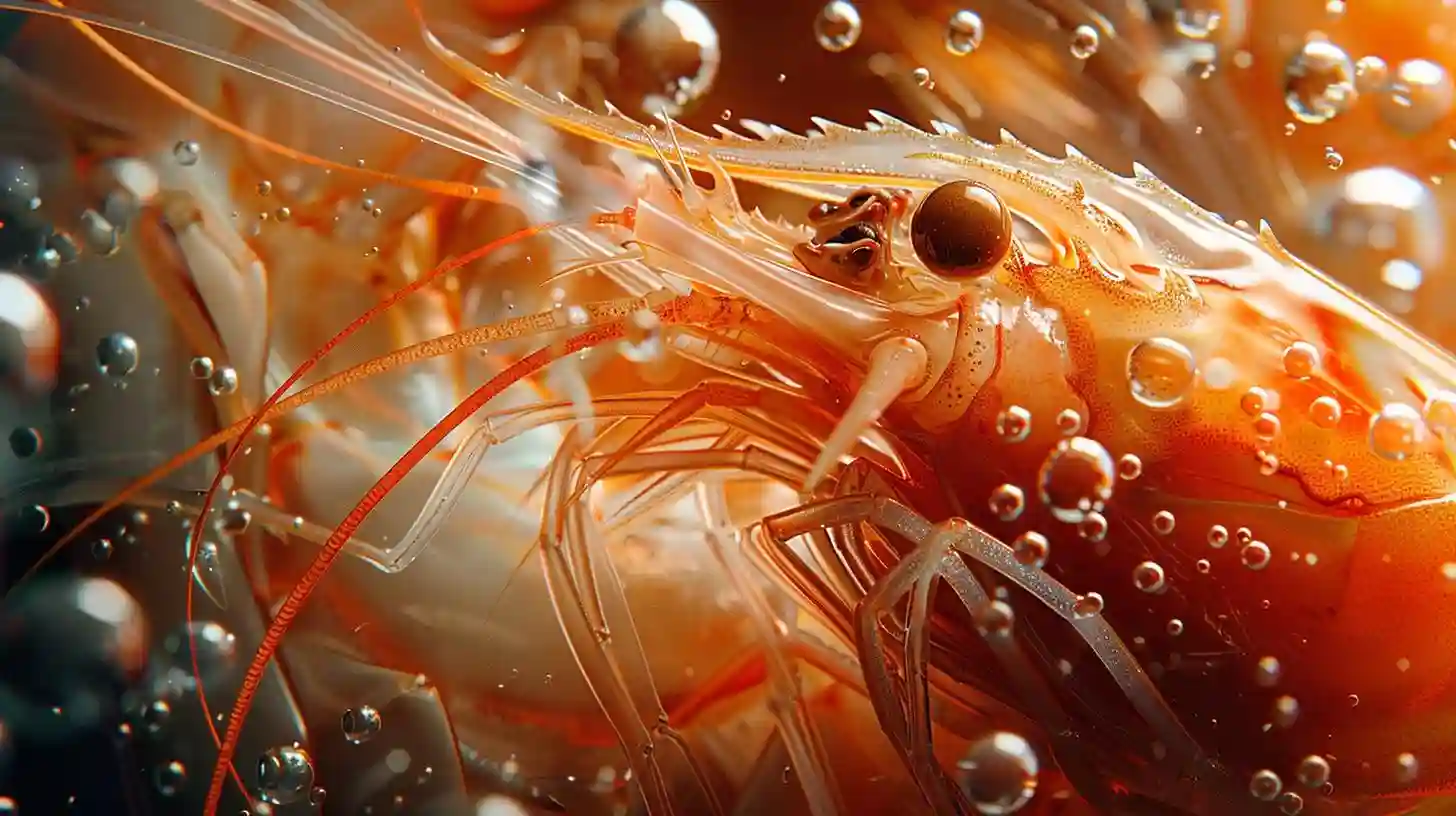
Scotland's unicorn, a mythical creature, symbolizes national identity and resilience. Revered in folklore, it embodies purity and strength, reflecting the spirit of the Scottish people. This enchanting creature has become an iconic emblem, representing Scotland's rich heritage and cultural pride, eternally admired both within the nation and beyond.
### The Unicorn: Scotland's Enchanting National Symbol
The unicorn, a mythical creature often depicted as a horse with a spiraling horn emerging from its forehead, has captivated imaginations throughout history. Surprisingly, the unicorn is Scotland's national animal, reflecting the country’s rich history, folklore, and identity.
First documented in the late Middle Ages, the unicorn became a symbol of purity, grace, and the untamed spirit of the Scottish Highlands. Although its association with Scotland is rooted in older myths, its prominence grew during the late thirteenth century, particularly after it appeared in the royal arms of Scotland. This addition was crucial in asserting the nation's unique identity during a tumultuous time marked by political upheaval and battles for sovereignty.
Portrayed in a gallant manner, the unicorn not only connects to fantasy but also mirrors the triumphs and struggles of the Scottish people. It represents the nation’s strength and resilience, embodying the fierce independence that Scotland has always sought to protect. The mystical attributes associated with the unicorn made it a fitting emblem for a nation defined by its indomitable spirit.
In medieval times, unicorns were believed to possess healing abilities, with the power to purify water. This aligns with the Scottish ethos, especially during periods of hardship. In literature and art from this era, the unicorn frequently appears in tapestries and manuscripts, solidifying its presence in Scottish culture. These artistic representations often depicted the creature alongside a lion, England's symbol, thus revealing a nuanced representation of Scotland’s struggle for independence and identity.
Numerous tales and folklore surrounding the unicorn have emerged over centuries, enriching its legend. One popular tale describes how unicorns would willingly allow themselves to be captured when approached by a virgin. This connection of innocence with captivity further cements the unicorn’s association with purity and the elemental forces of nature.
Scotland’s relationship with the unicorn is vividly illustrated in heraldry. The unicorn, often depicted bearing a golden chain, signifies strength under control, highlighting the delicate balance between power and governance. In the official coat of arms of Scotland, two unicorns support the shield, seen as guardians of the nation. This imagery captures the essence of Scottish values such as loyalty, bravery, and dignity.
The unicorn has also made its way into contemporary culture, resonating with locals and visitors alike. From tourist souvenirs to festivals celebrating Scottish history, the unicorn evokes feelings of pride and nostalgia for Scotland’s storied past. Statues, artwork, and literature frequently feature the unicorn, demonstrating its timeless appeal in promoting the spirit of Scotland.
Recent years have seen a growing interest in the unicorn's significance in Scottish mythology. Scholars explore how this emblem embodies themes of national identity and resilience. They argue that such symbols reflect broader narratives about how communities construct their identities, particularly in the face of adversity.
Thus, the unicorn transcends its status as a mythical creature. As Scotland's national animal, it symbolizes the heart of the nation's character and heritage. The unicorn weaves together stories of purity, power, and resilience, encapsulating a complex narrative that instills pride in Scotland's past and hope for its future. Ultimately, the unicorn stands as a testament to the mysteries and magic that continue to define Scotland's identity, reminding both Scots and the world of the enduring spirit of this unique land.
Travel





















